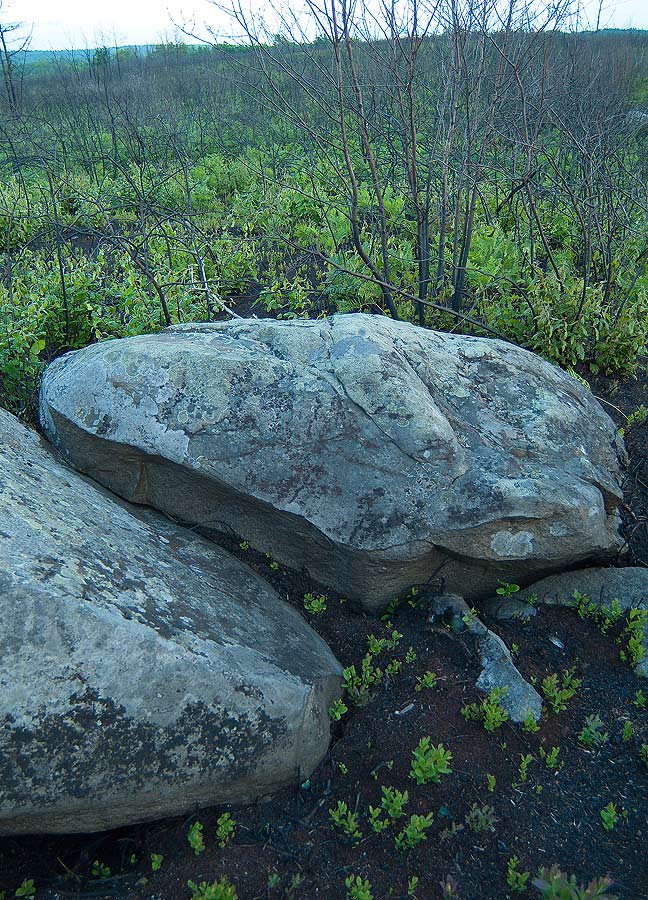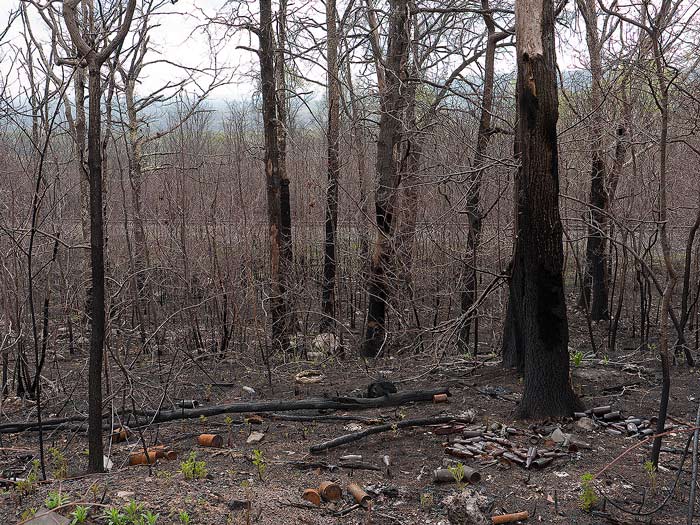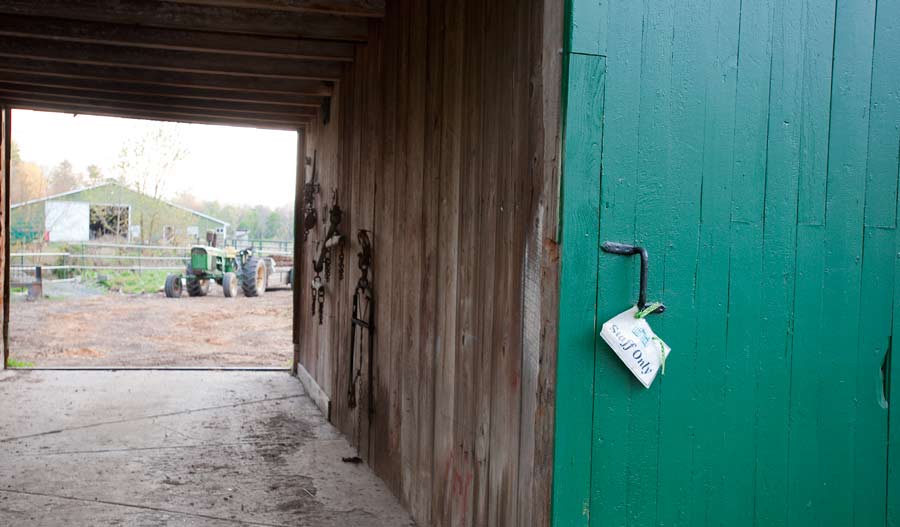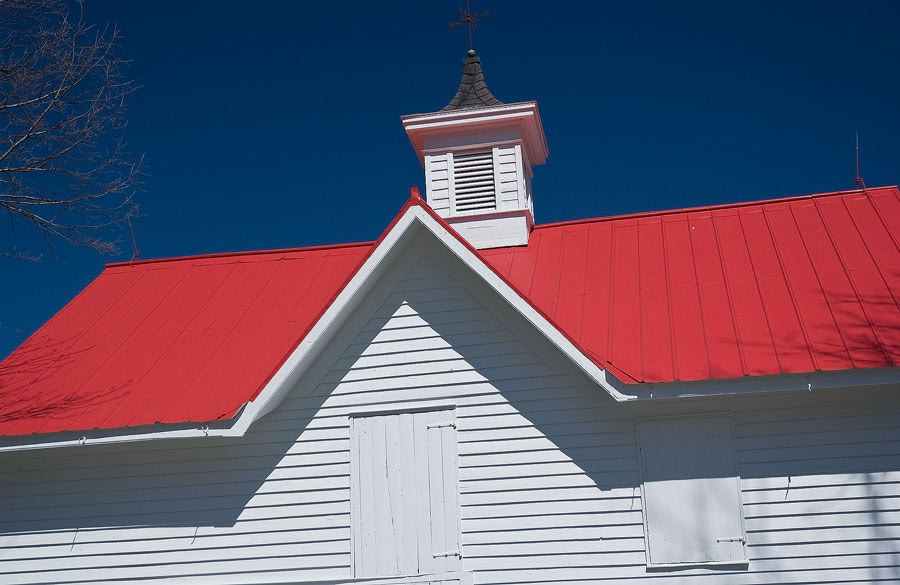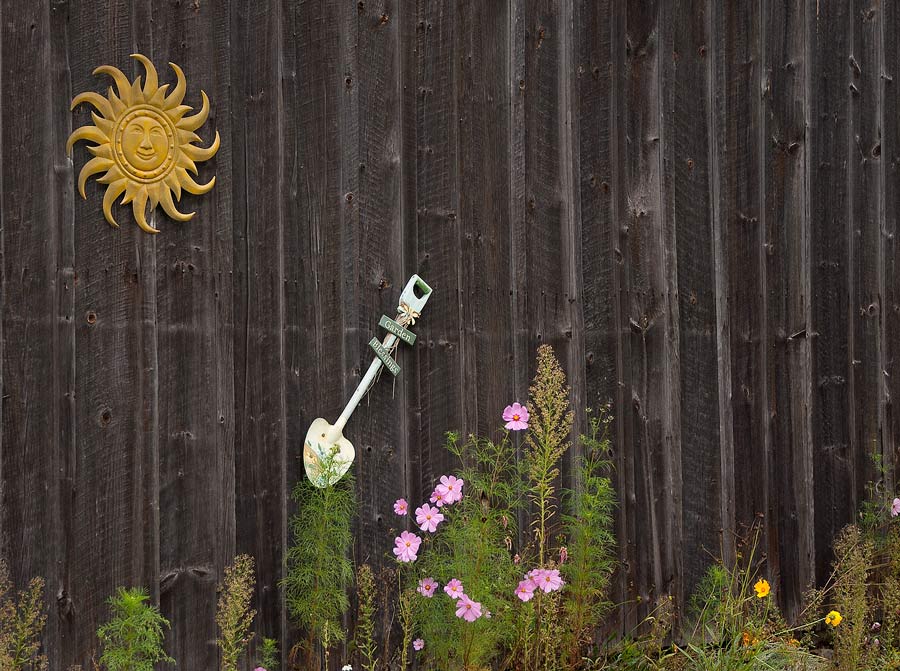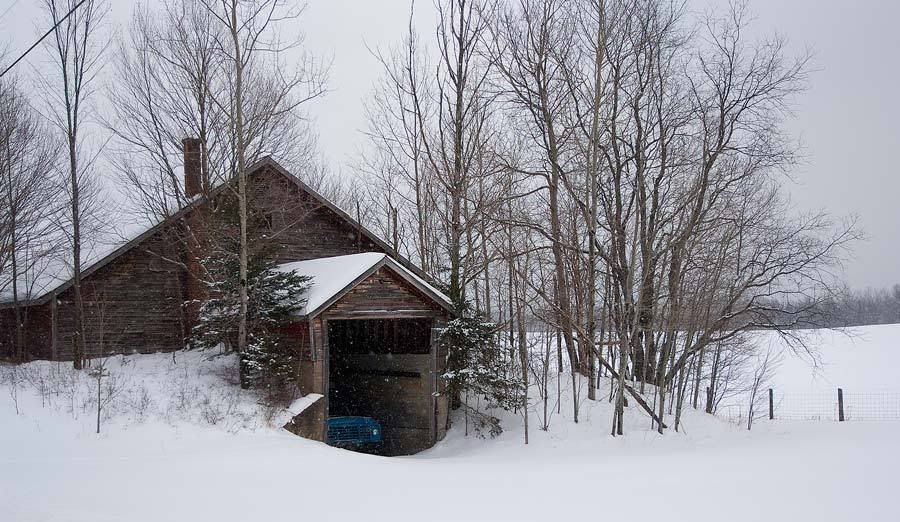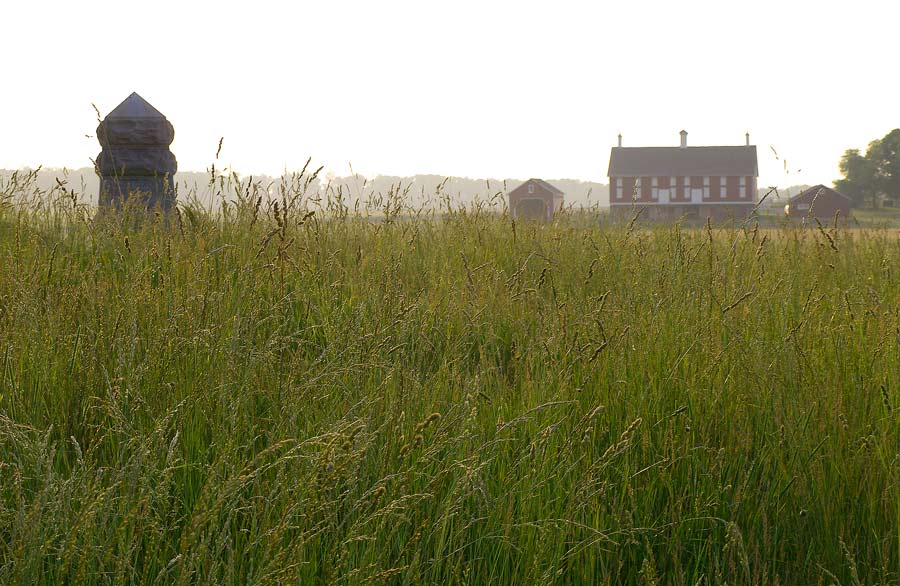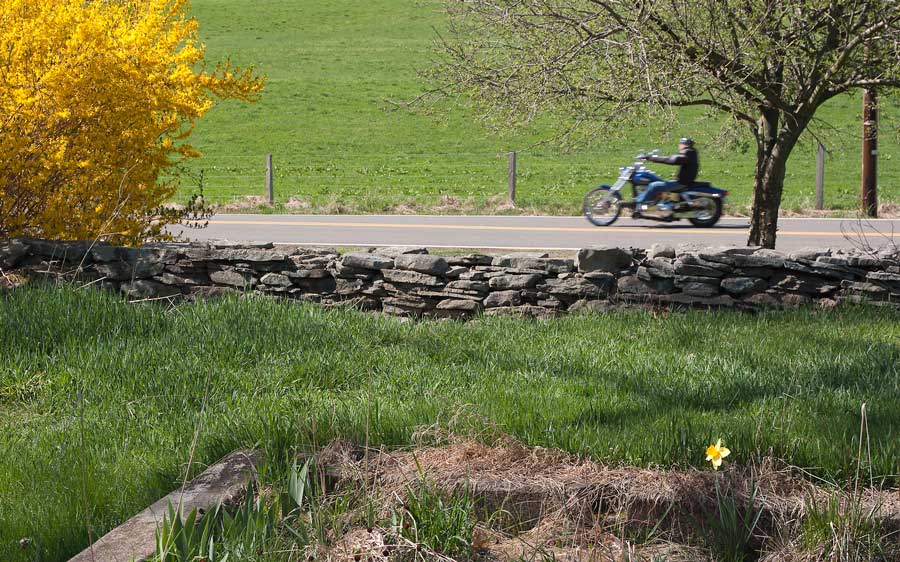We had a forest fire here in Mountaintop, Pennsylvania earlier in the spring. It burned off several hundred acres, threatened several homes, and scared the crap out of other people who imagined that it would consume their properties. This is pretty much normal for April in our corner of the commonwealth.
I watched from the home of a friend, who has a deck with a spectacular view of the conflagration. The action was perhaps a mile away, on the next ridge over. Even from that distance, we could see the flames leaping far into the night sky, as though they would consume completely, everything in their path. As is usually the case, this does not happen. Millions of years of evolution have equipped trees and shrubs with the tools to survive wildfires; they tend to regrow rather stubbornly.
I drove through the affected area today.
Already, several weeks later, there are signs of healing with the green grasses and bracken ferns punctuating the charcoal forest floor. Some of the smaller trees as well as the less fire resistant species will die, but most seem to have survived. Much of the fire occurred on scrub barrens land, for which burning is the agent of perpetuation.
Today, the chestnut oaks on the burn site are in bloom as though nothing significant had happened.
In a year, only the blackened tree trunks will suggest that there had been any forest disturbance here.
Nature, in this case fire, creates renewal. The results can be jarring when a favorite landscape is involved, but most often, the changes wrought by fire are natural and even helpful to the ecosystems involved.
What is most disturbing is that a fire strips away the shroud that hides our human misdeeds. With the ferns and underbrush gone, it is the nonflammable human refuse that remains, revealing the obscene way, that at least here in Northeastern Pennsylvania, we tend to abuse our surroundings.
I have never understood what possesses a person to toss their garbage into the countryside.
If you don’t want to pay for garbage pick-up, find a dumpster somewhere, take it to work, to your parents, whatever.
Please don’t do this.


